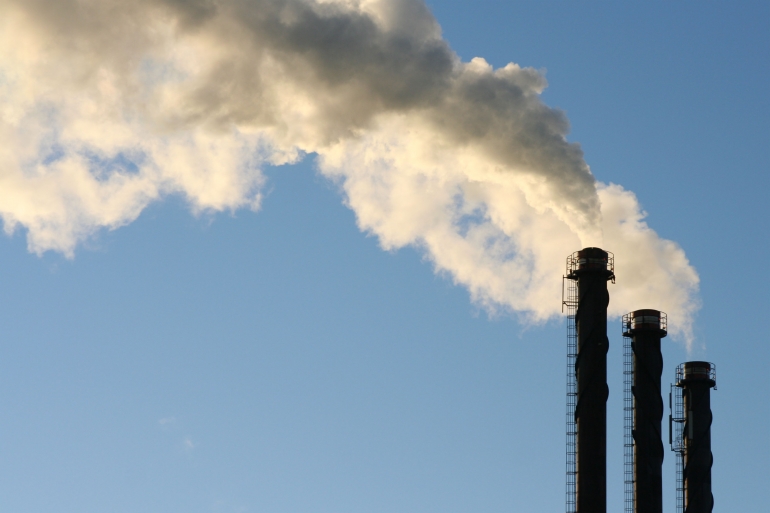
Introduction
Cement plays a vital role in meeting society's needs for housing and infrastructure. The production of cement is, however, very energy-intensive and is estimated to account for around 5% of global anthropogenic CO2 emissions. As a means of improving the environmental performance of cement, research has been carried out to assess the feasibility of using manganese (Mn) ferroalloy slag in its production. The results of this research point to a new and sustainable use for this by-product of the Mn production process - in cement production.
Criticality of Mn
There are several options for producing low carbon concrete, however, many of these options pose challenges today due to restrictions on use (e.g. fuel ash), declines in supply (e.g. blast furnace slag), cost/technical issues, etc. The use of silico-manganese (SiMn) alloy slag has been shown to have potential for use in its own right in blended cement production. It can also be combined with other approaches (e.g. use of lean mix concrete, carbon capture) to deliver even greater benefits. Recent research shows that SiMn alloy slag can be used to partly substitute cement concrete as a means of lowering the economic costs, as well as achieving enhanced physical and mechanical properties. In this supplementary role, concrete made with SiMn slag exhibits very low strength and weight loss in synthetic seawater corrosion and freezing-thawing cycle tests.
Economic Importance
Around 65% of the fuel used in cement production is used in the calcination phase. Because SiMn slag is precalcined, its use in cement production means that less fuel needs to be burned which results in CO2 emissions reductions. The following table gives an indication of potential CO2 savings calculated from laboratory work. Over the period 2011 to 2020, the value of these savings is estimated at US$ 1.55 million to US$ 7.83 million.
Assuming just 1% of cement clinker produced worldwide in 2012 was made using SiMn slag, the total (global) value of CO2 reductions would be in the region of US$ 5.94 million to US$ 29.16 million. Although fuel savings are more difficult to quantify (as they will vary depending on the fuel type used), it is likely that the savings would be substantial.
Article by Sophie Upson
For full details and references go to the 2degrees website where the article is published.

